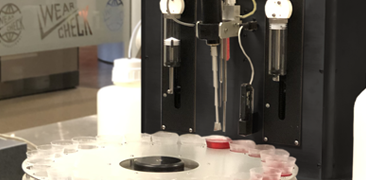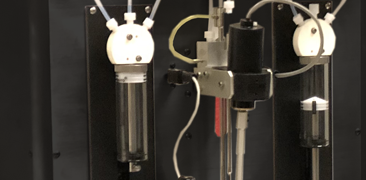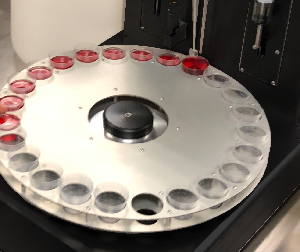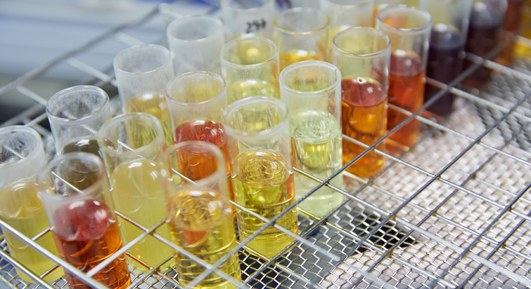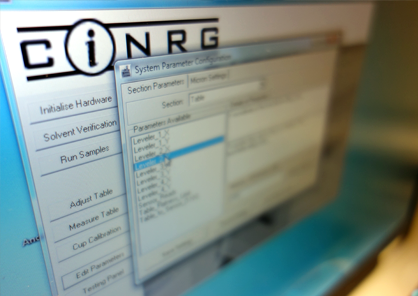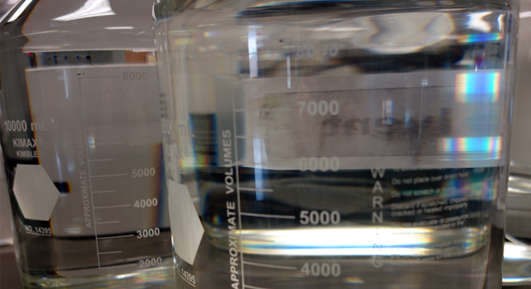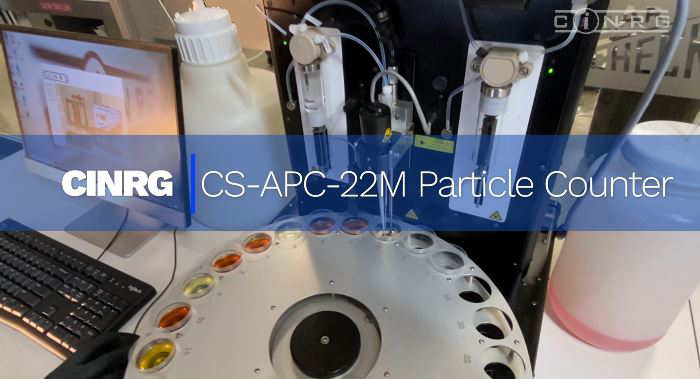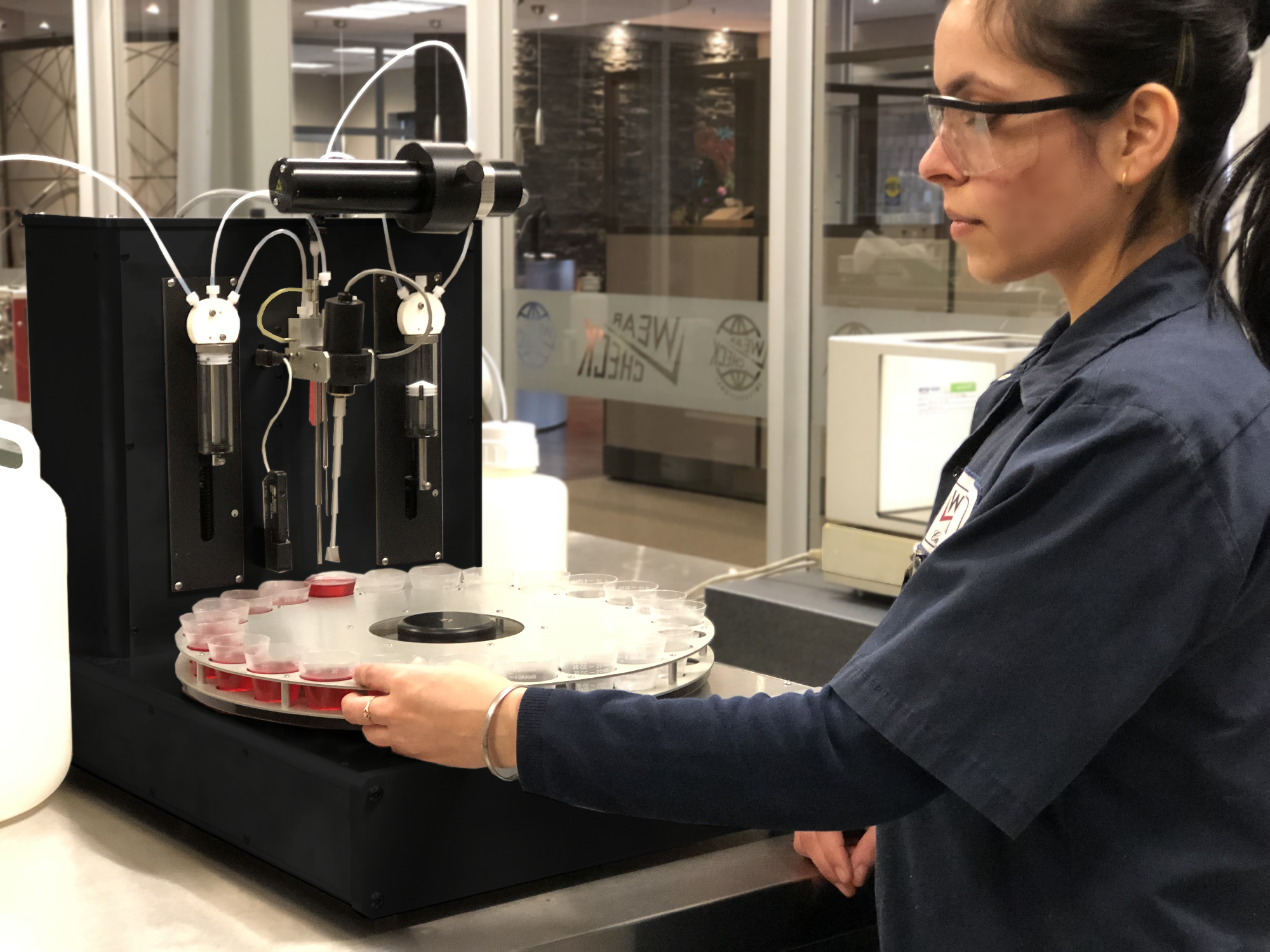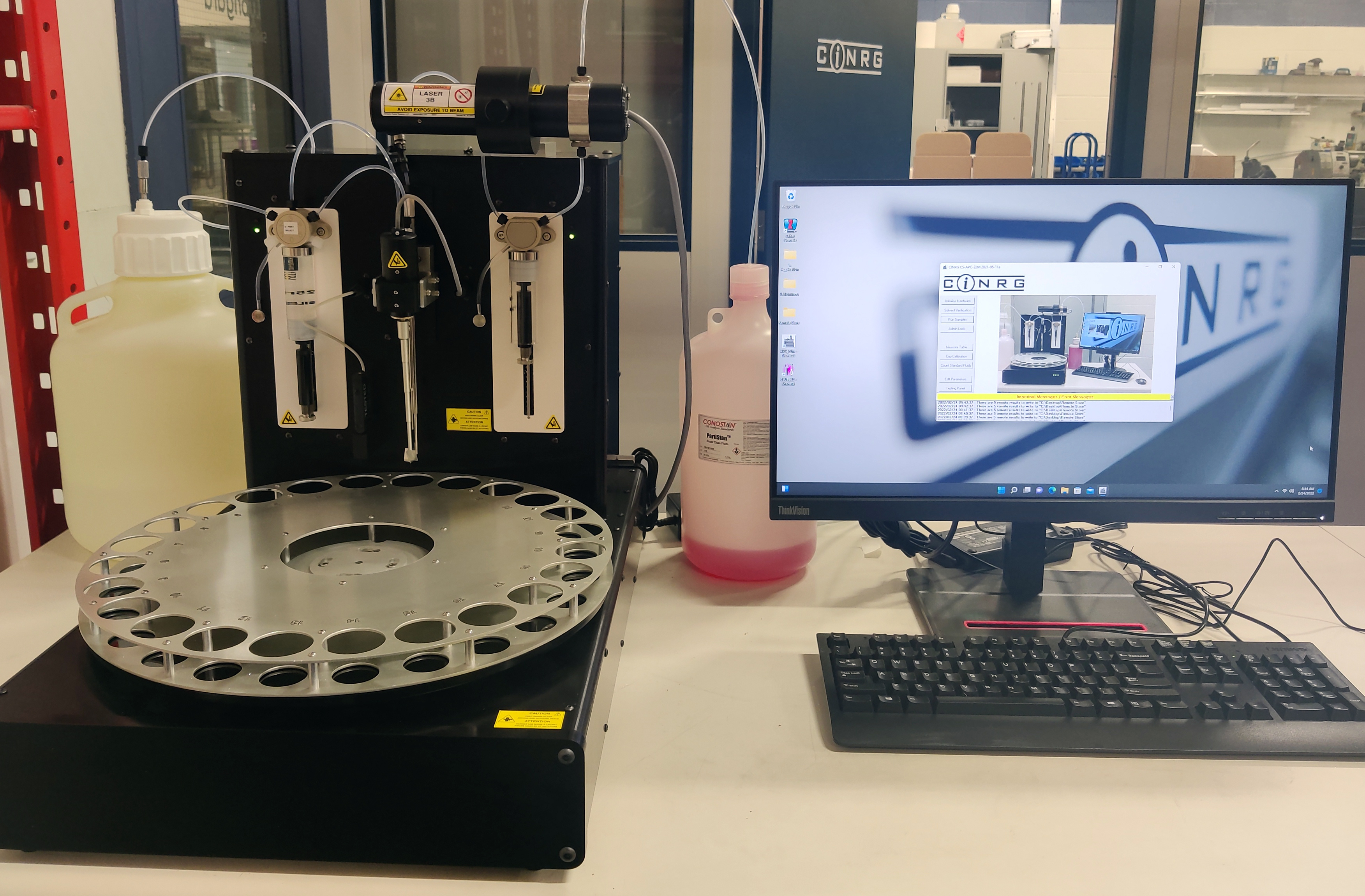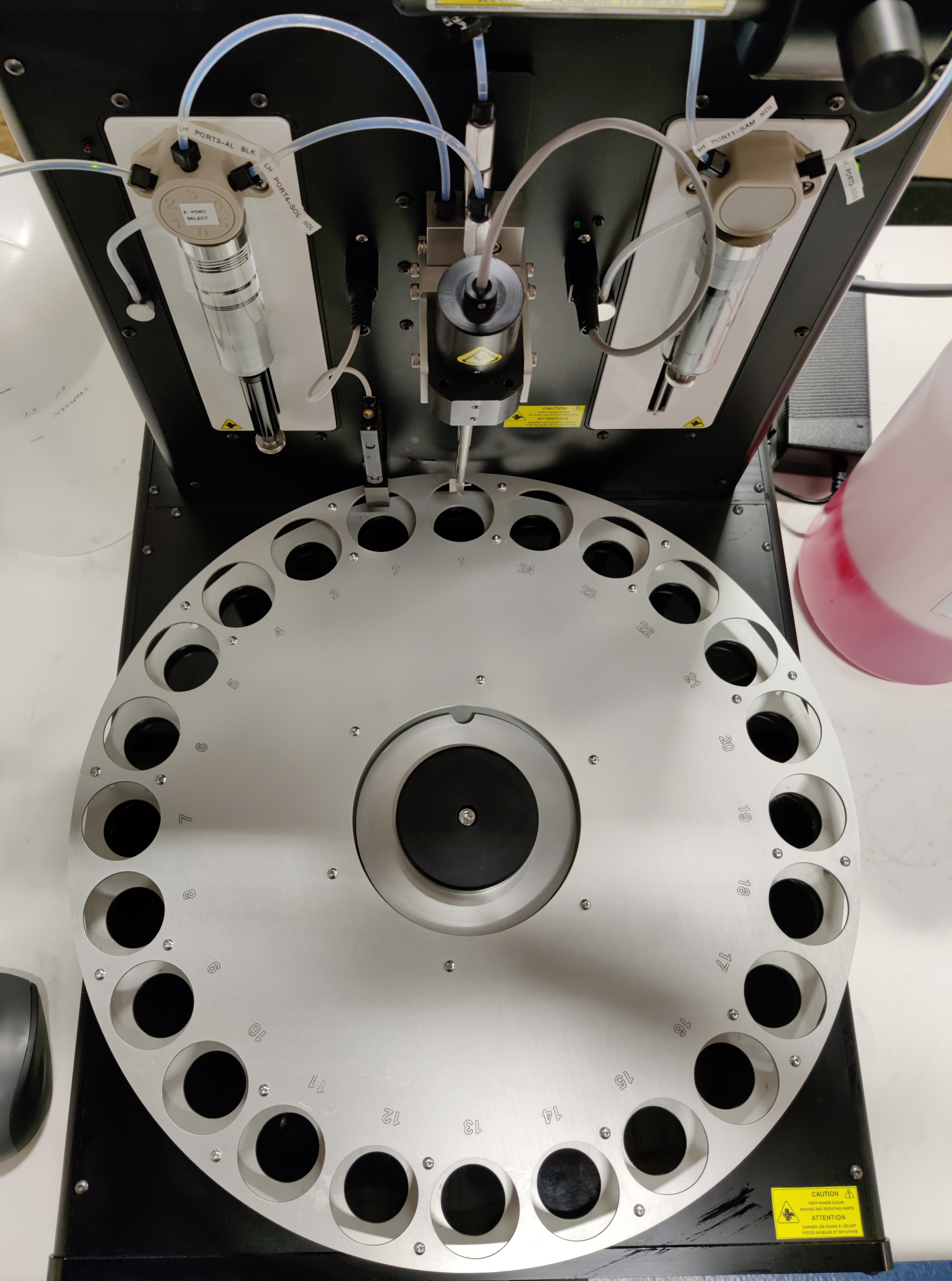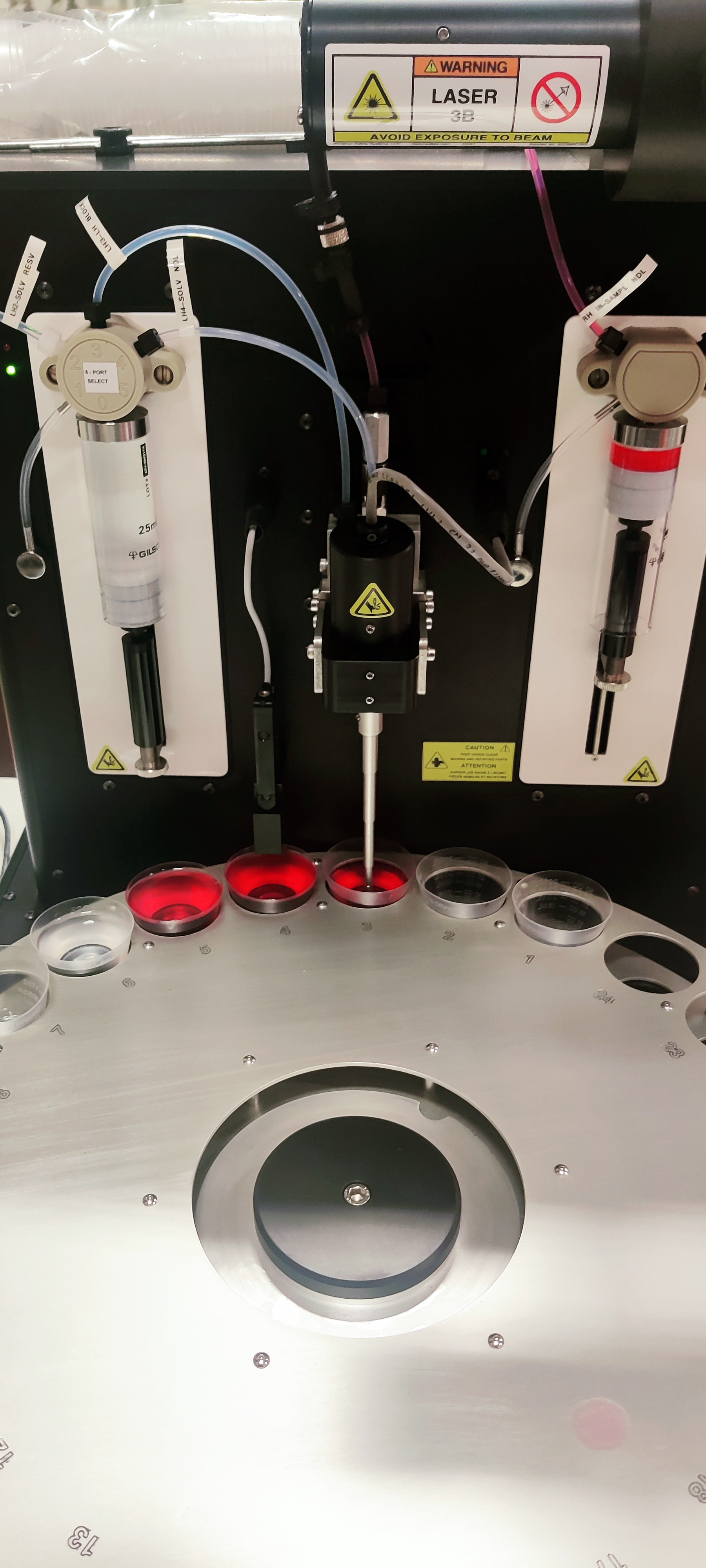Urgent Samples
The sample batch file remains accessible even after processing has started and may be edited at any time to add to or remove samples from a batch or to set a priority flag within the batch to allow a sample to be processed out of sequence. It is not possible to edit samples that have already been processed or edit the sample that is in process at the time of editing.


